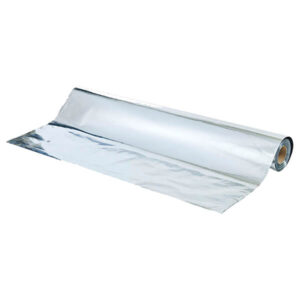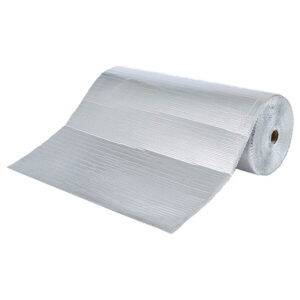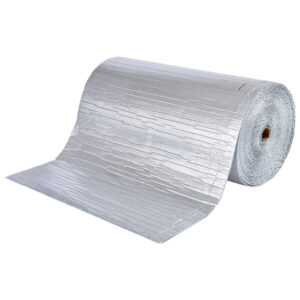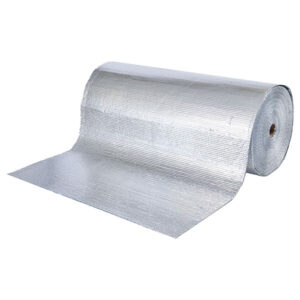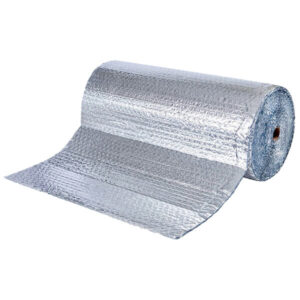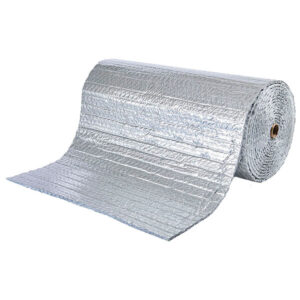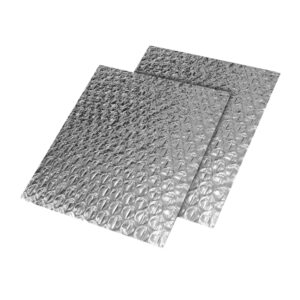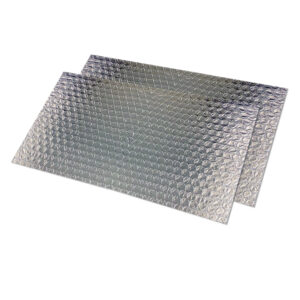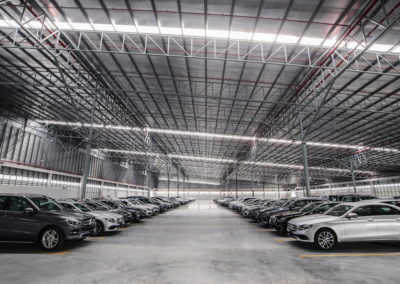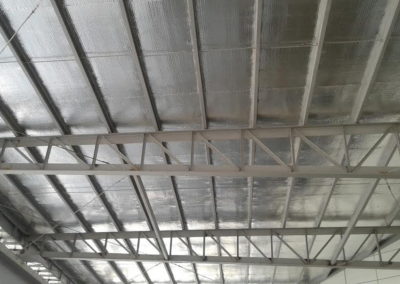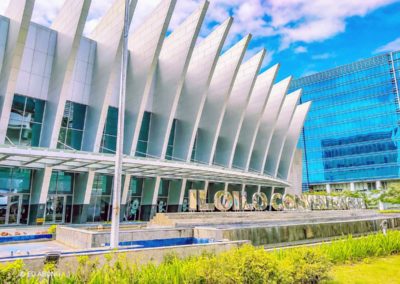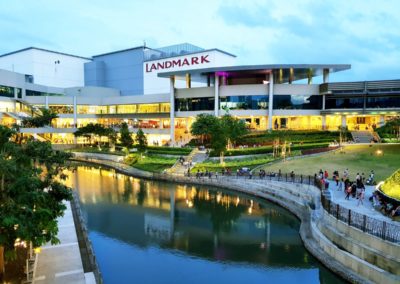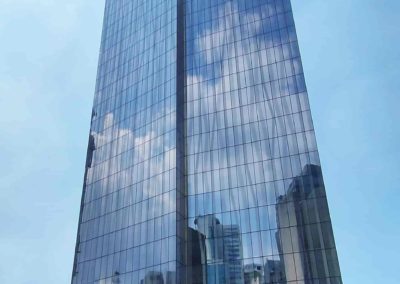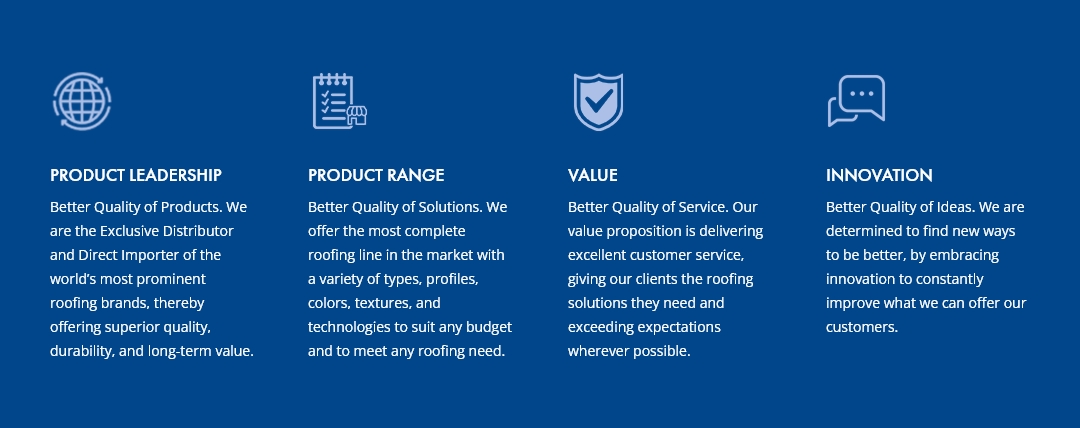
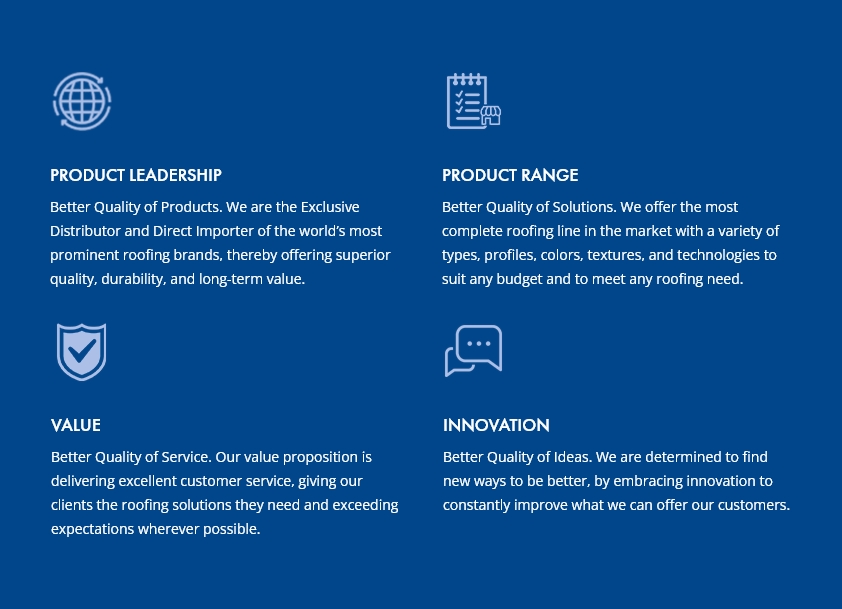
Polyshield
Rising temperatures due to Global Warming and to the Greenhouse Effect have made POLYSHIELD reflective thermal insulation products more important today. POLYSHIELD products were designed to reflect 97% of radiant heat. It has become a necessary investment to any structure as it provides comfort from the heat. More importantly, it is an energy saving material that reduces a home’s energy consumption and carbon footprint. Understanding how heat is transferred and how we gain or lose heat is essential for making the right insulation choice. Correct design, including suitable insulation selection, improves comfort level and reduces energy usage.

FAQ
What differentiates POLYSHIELD from the many other reflective insulation products in the market?
POLYSHIELD insulation products are the only insulation products in the Philippines certified by the Asian Reflective Foil Association (ARFA). We are also ISO certified and have the Eco-Specifier seal which qualifies for accreditation by LEED (Leadership in Energy and Environmental Design).
Will I need POLYSHIELD insulation even if I have a Clay Tile Roof, Asphalt Shingles or Stone Coated Metal Roofing?
Yes. Radiant energy can penetrate any roof material. Even as clay roofs and asphalt shingles do not absorb as much heat as metal roofs, radiant energy from the sun can still penetrate them. This is why our insulation products are composed of two pure aluminum foils. Aluminum, along with gold, silver and copper, has the highest capacity to reflect radiant heat (97%).
How does POLYSHIELD Reflective Thermal Insulation compare to fiber glass and rock wool?
POLYSHIELD reflective thermal insulation, with their two pure aluminum foils were specifically designed to reflect radiant heat, the applicable heat energy source for tropical climates such as the Philippines. Fiber Glass and Rock Wool are materials with low reflectivity rates and do nothing against radiant heat. Even as they delay the entrance of radiant heat into a home, they absorb entirely all of it. They were primarily designed for cold climates to delay the escape of heat from a furnace during winter periods and are therefore not suitable for use in the Philippines.
